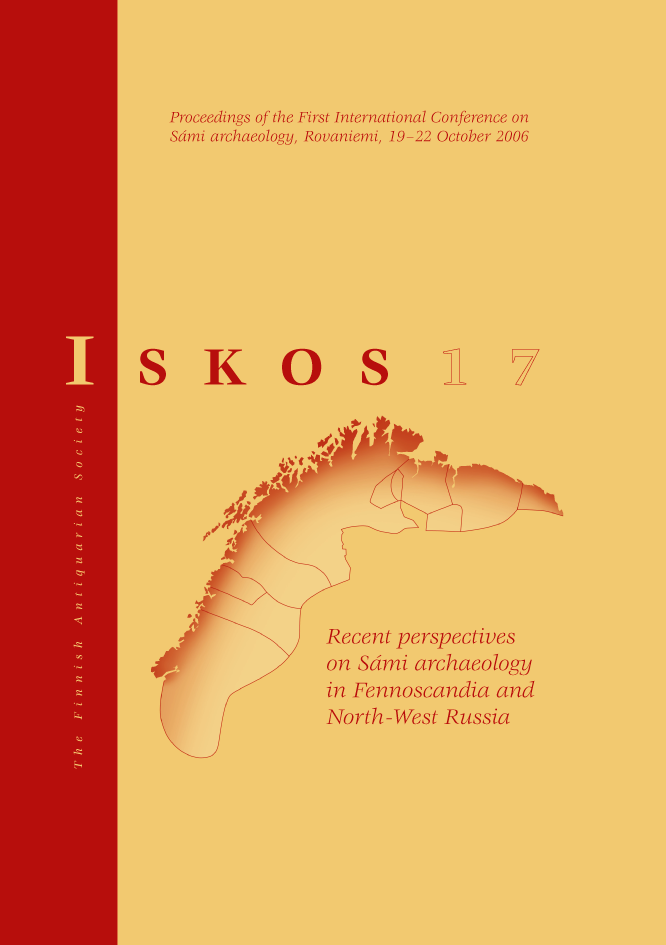Settlement and subsistence in the forest area of Northern Sweden
An environmental archaeological study of dwelling sites with hearths
Abstract
This article presents the results of environmental archaeological surveys carried out in northernmost Sweden in 2006. These surveys consist of soil chemical analysis and pollen analysis of dwelling sites with hearths located in the inland forest areas (Karlsson 2006).
The results show that the activities carried out at the dwelling sites have not caused substantial changes in the soil and vegetation in the area. Nevertheless, there are enrichments of phosphate and organic matter, which can be used for interpretation.
These modest changes indicate that the dwelling sites have probably been used only by a limited number of people and during some seasons of the year. On the other hand, the pollen analyses show that the dwelling areas have been used for settlement during a long period of time (from around 600 AD to ca. 1800–1900 AD). There are great similarities between the changes in vegetation and soil at the dwelling sites from the Iron Age and the changes that can be seen at dwelling sites of Forest Sámi reindeer herders from historical times.




